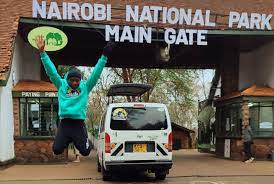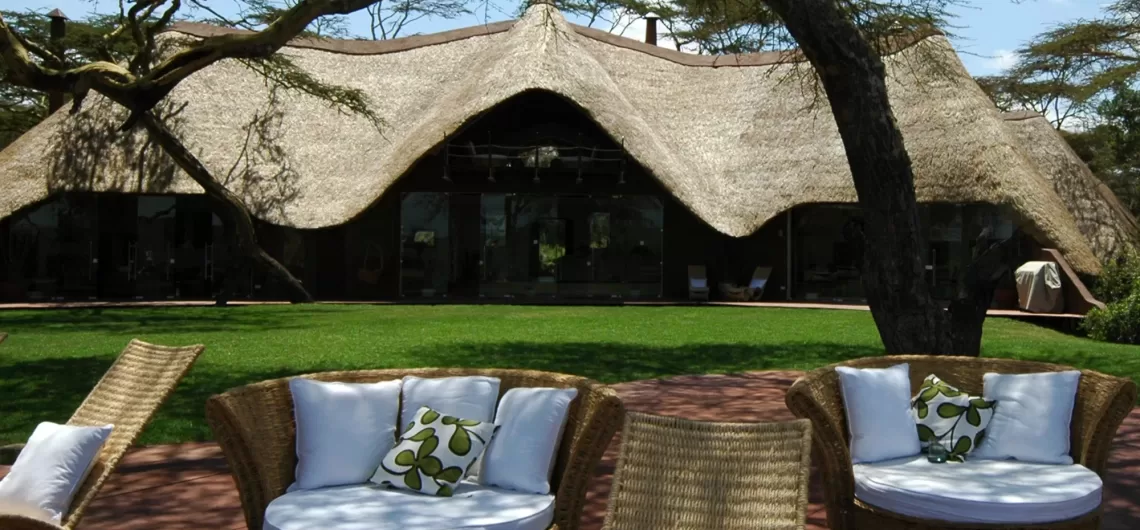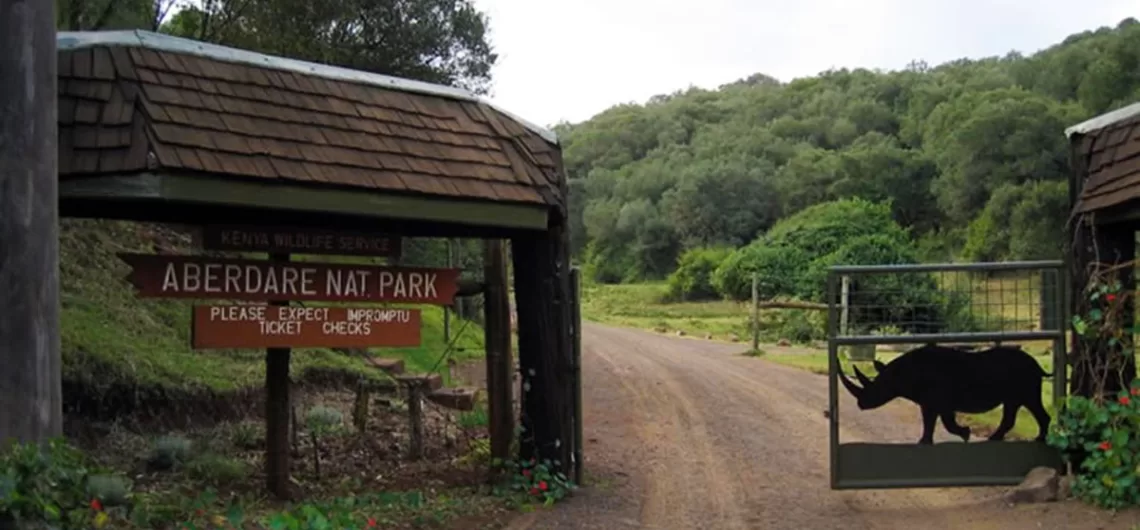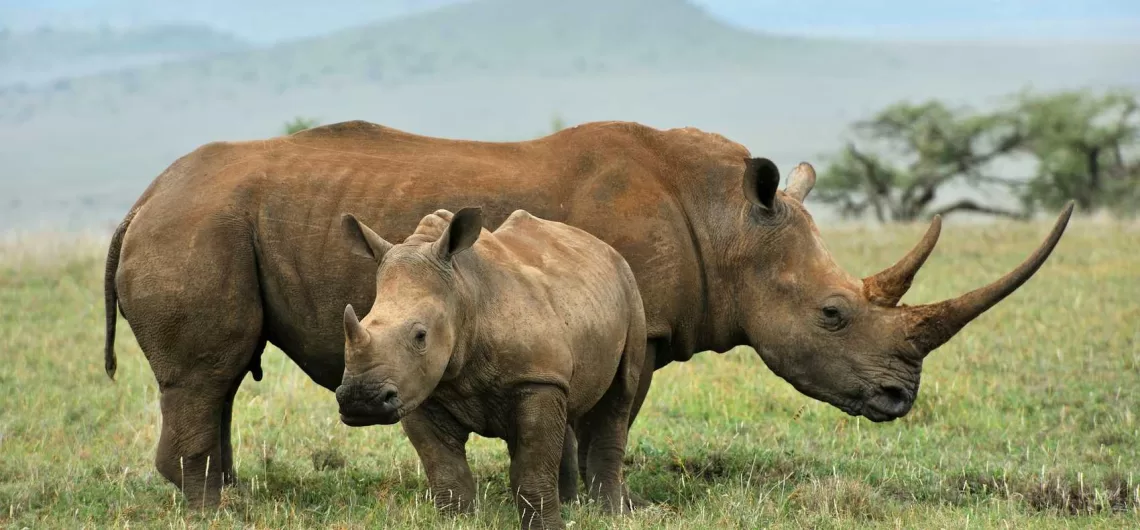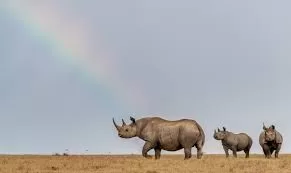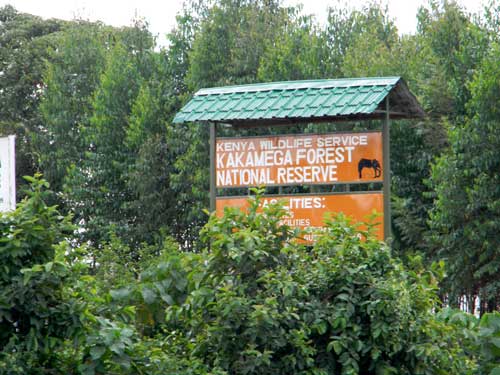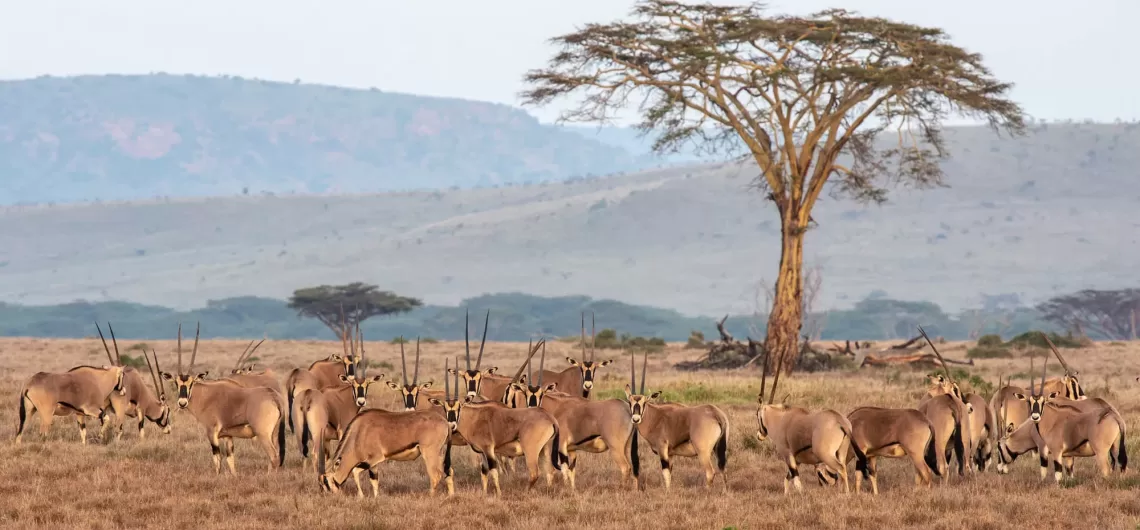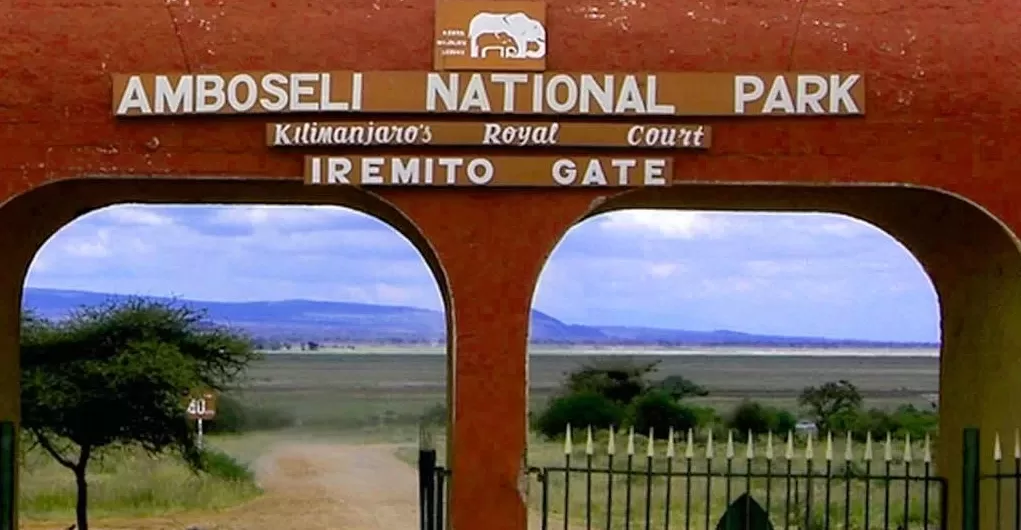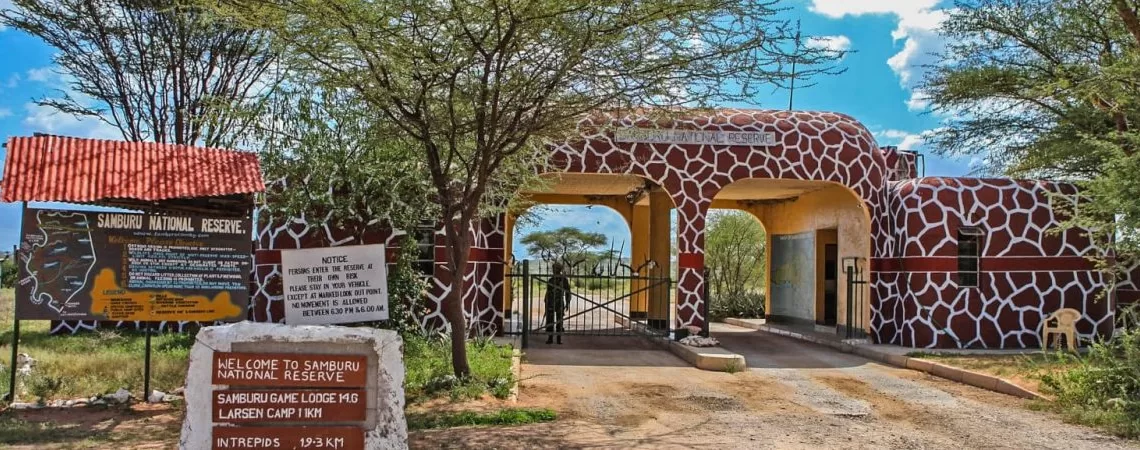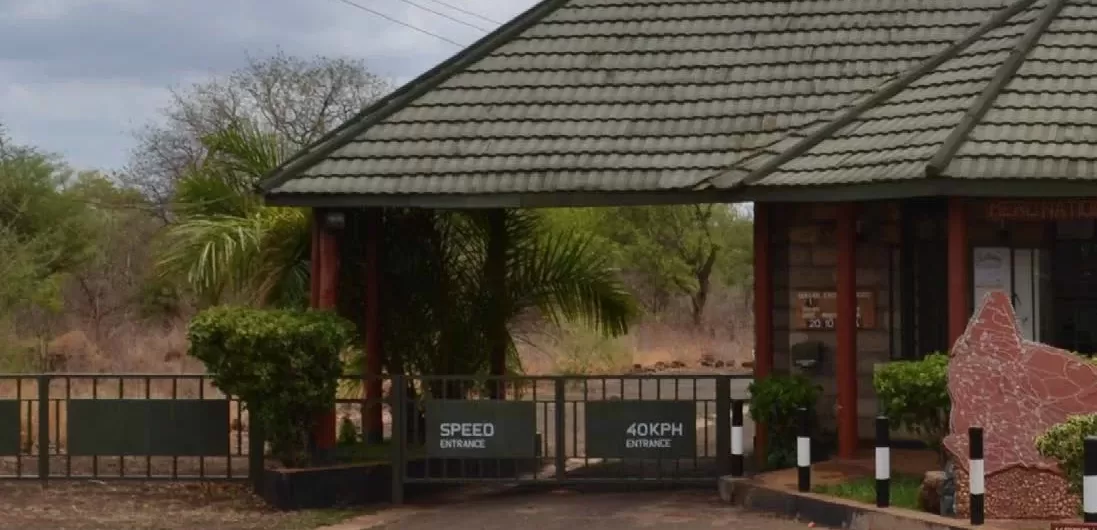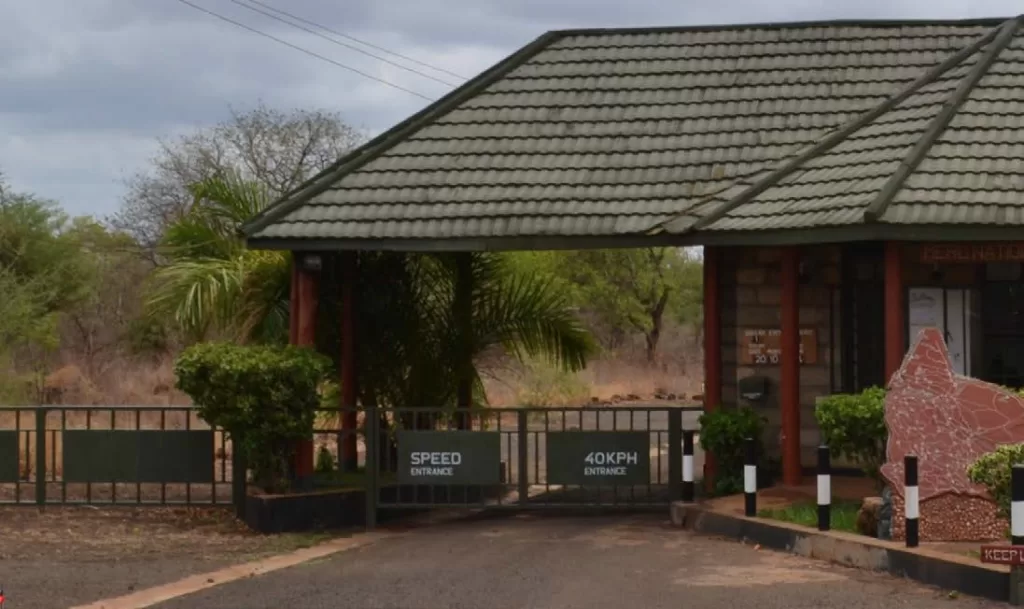About Nairobi National Park
Nairobi National Park is a national park located in Nairobi, the capital city of Kenya. It was established in 1946 and covers an area of about 117 square kilometers. The park is also unique in that it is the only national park located within a city’s boundaries, hence making it a popular attraction for tourists and locals alike.
The Park is home to a wide variety of wildlife, including lions, leopards, cheetahs, hyenas, buffalos, giraffes, zebras, wildebeest, and many species of birds. Visitors to the park can enjoy game drives, guided nature walks, and picnic sites. There are also several well-maintained walking trails throughout the park, which allow visitors to explore the park on foot.
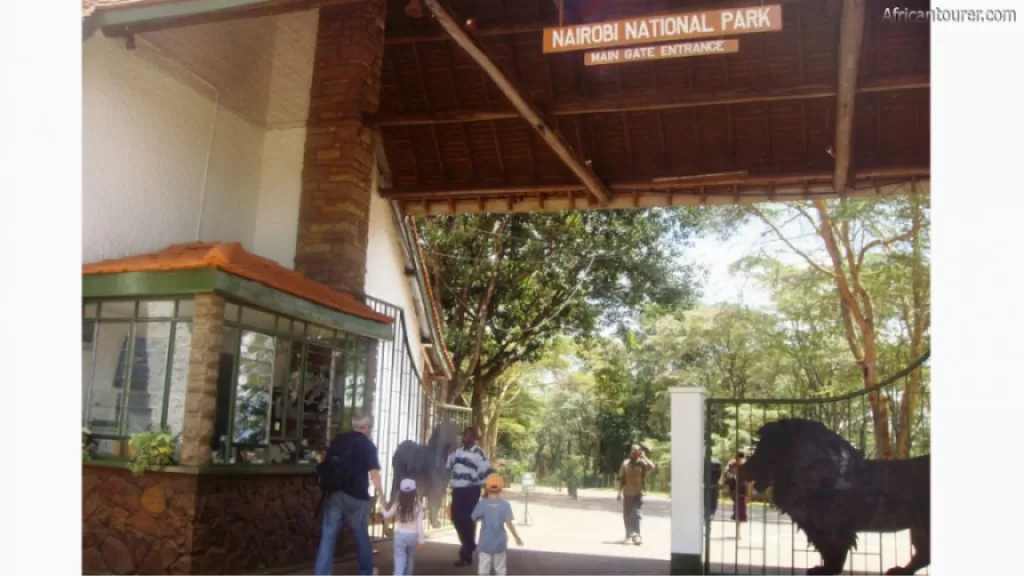
Attractions
Animal Orphanage
The Nairobi Animal Orphanage is a facility dedicated to the care and rehabilitation of orphaned and injured animals. It was established in 1964 by the Kenyan government and is now managed by the Kenya Wildlife Service.
The orphanage provides a home for a variety of wildlife species.These include lions, cheetahs, hyenas, leopards, monkeys, baboons, ostriches, and several bird species. These animals are often victims of human-wildlife conflicts, poaching, or other forms of human interference.
Birds
The Park is a haven birding safari destination in Kenya, where the park has over 500 bird species recorded, of which 20 are seasonal European migrants. Many bird species includes Abyssinian thrush, Corncrakes, Fischer’s lovebirds, Grey crowned crane, White-bellied bustard, White-headed vulture and many others.
Nairobi National park Wildlife
Nairobi National Park is home to 100 species of mammals including 39 lions and 90 rhinos, 40 different amphibians and reptiles. It has spectacular wildebeest and zebra migration, major predators in the park include lion, leopard, hyena and cheetah.

Hippo Polls Walking Trails
Hiking trails in Nairobi National Park start at a picnic area and follow the banks of the Athi River. The route is patrolled by rangers from the Kenya Wildlife Service . Concentrations of large herbivorous antelope, buffalo, zebra and wildebeest can be found in the Park. Ivory Burning Site Monument Hippo Walking Trails Nairobi Safari Walk and Orphanage.
Black Rhinos
The park is home to 50 endangered black rhinos, the densest population in the world. The park is also convenient and virtually guaranteed opportunity to spot eastern black rhinos, because only 700 remain after being decimated by poaching.
Kifaru Ark
Kifaru means Rhino in Swahili, it is one of the most successful rhino reserves in Kenya. The Ark purpose is to combat poaching in the park, and it is one of the few parks.
Nairobi National Park Entry Fees

Best time to visit
The best times to the Park are the dry months of July to October and January and February.
July has the lowest rainfall of any month of the year. Along with July, August is the driest month in Nairobi.
Leopard relaxing on a tree
How to get there
Nairobi National Park is 9 km south of Nairobi and usually visited as a half or full day trip from a hotel in the city.
International flights land at Jomo Kenyatta International Airport (NBO), 15 km southeast of Nairobi.
Accommodations
The Park is located just a few kilometers outside of Nairobi’s central business district, plenty of accommodation options available in the city. Some of the nearby areas you might consider include Langata, Karen, and Mbagathi, which all have a range of lodges, hotels, and guesthouses available.
Some of the accommodation options close to the park include:
Nairobi Tented Camp –
Located just a few minutes’ drive from the park’s main gate and offers luxury tented accommodation with en suite bathrooms, hot showers, and flush toilets.
Located in a private game reserve adjacent to the park and offers luxurious accommodation in thatched-roof cottages, each with its own private veranda and outdoor shower.
Emakoko –
Located on the banks of the Mbagathi River, just a short distance from the park’s main gate, and offers stylish and comfortable rooms with beautiful views of the surrounding landscape.
The Boma Hotel –
This hotel is located in the Langata area, just a short drive from the park’s main gate. The Hotel offers comfortable spacious rooms, and well a range of amenities such as a swimming pool, restaurant, and fitness center.
